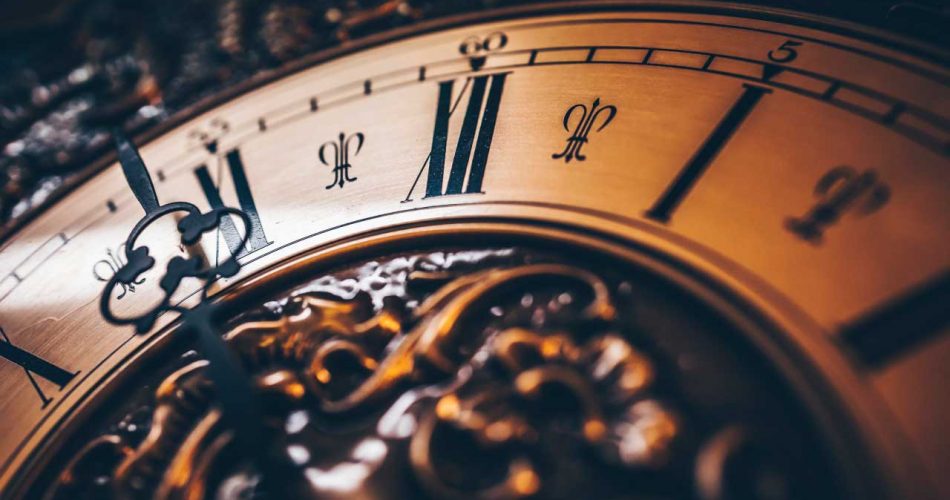I will tell you about my personal experience as a photographer. This means that just because things work or don’t work for me, they don’t have to work or not work for you.
Before we get started I’ll tell you a little bit about myself. My name is Salah Ait Mokhtar and I am 34 years old. I’ve always been interested in photography but got into it in a roundabout way. I started with web design and print design for my own websites and the websites of my clients. When you create websites, you are always faced with the problem of where to get suitable and good pictures and what you get from your customers is often subterranean bad.
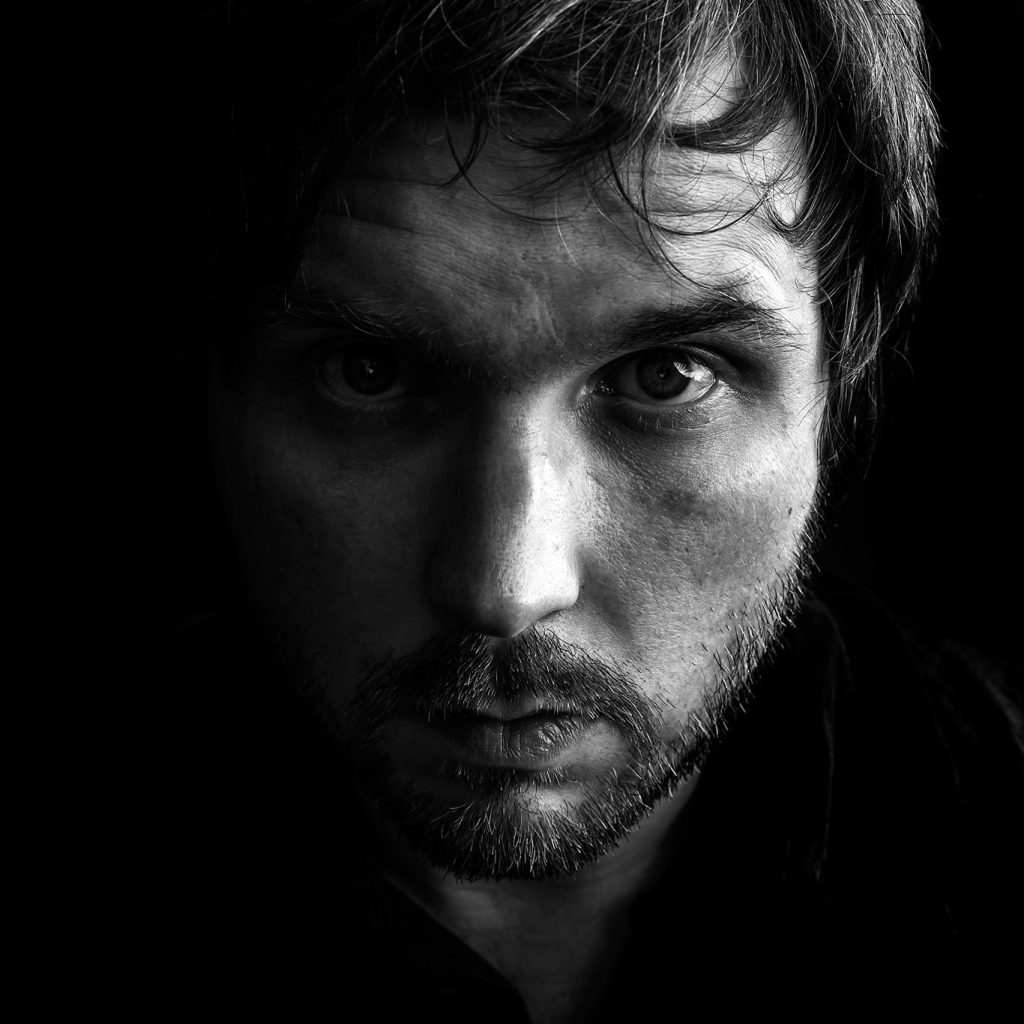
All beginnings are difficult
That’s why I bought my first “professional” camera many years ago, a Canon Eos 400D. I thought WOW, that must be a beast of a camera, after all, the camera was around 600 Euros and for me that was a huge amount of money.
So I bought the camera without really looking at what other equipment (lenses, tripods, etc.) I needed and especially how to use it properly. Blue-eyed as I was, I thought, I buy the camera and poof I make photos like a super photographer (remember I have after all paid 600€ for the good piece). The disillusionment came quickly, images were blurred, noisy and looked somehow not at all as I imagined it.
One of my main motivations was to shoot macro photos with it, because these posters, which were always free once a month in our pharmacies with cute animals, such as dogs and cats, as well as fascinating macro shots of insects such as grasshoppers and ladybugs have impressed me very strongly as a small child.
One must note that these photographers of that time have shot all these ingenious photos analog and without all the digital tools at my time as a child! So these photographers of that time, still have my utmost respect, because that was a completely different caliber than photography today.
But back to the topic I just wanted to have this once pronounced.
Did I mention that I was really bad? (here are some example pictures)
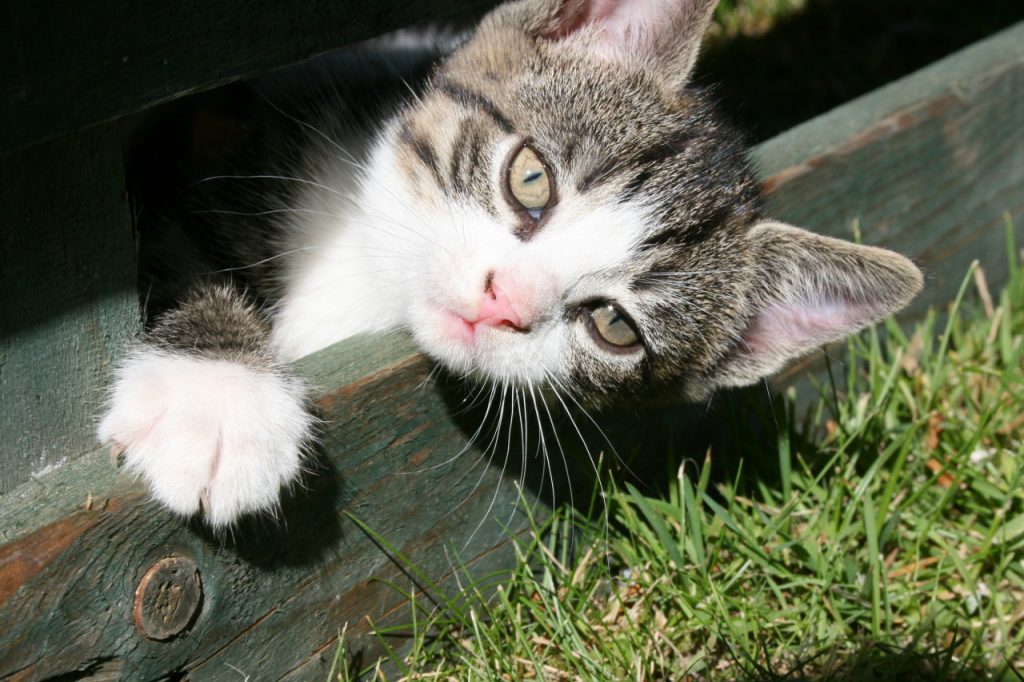
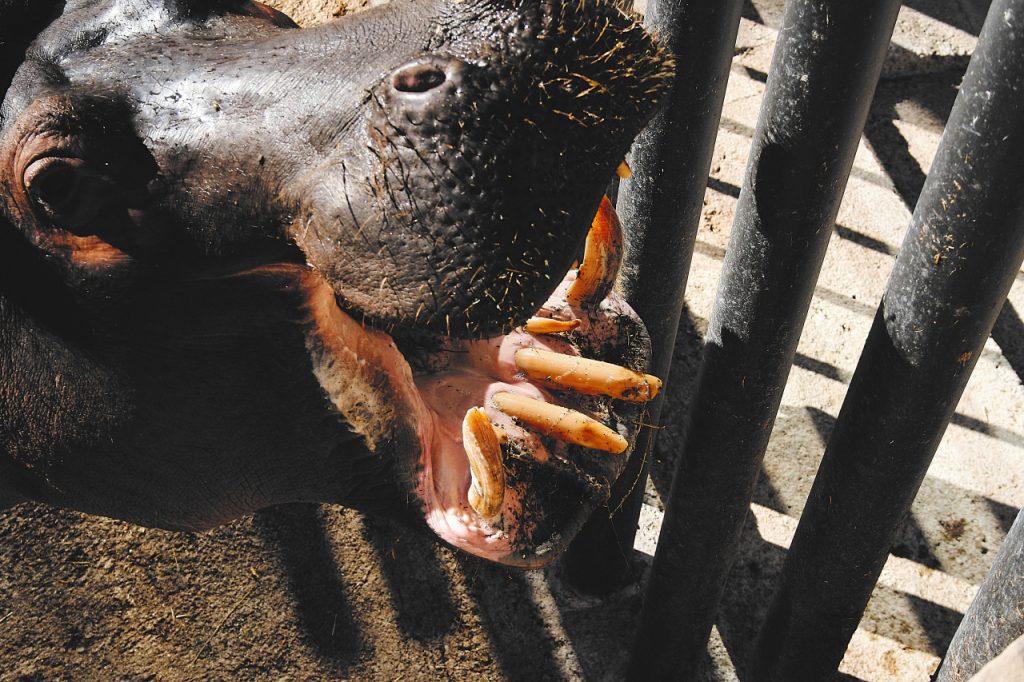
Nevertheless, I was able to shoot some pictures from that time, which I still find good today, like these here for example.
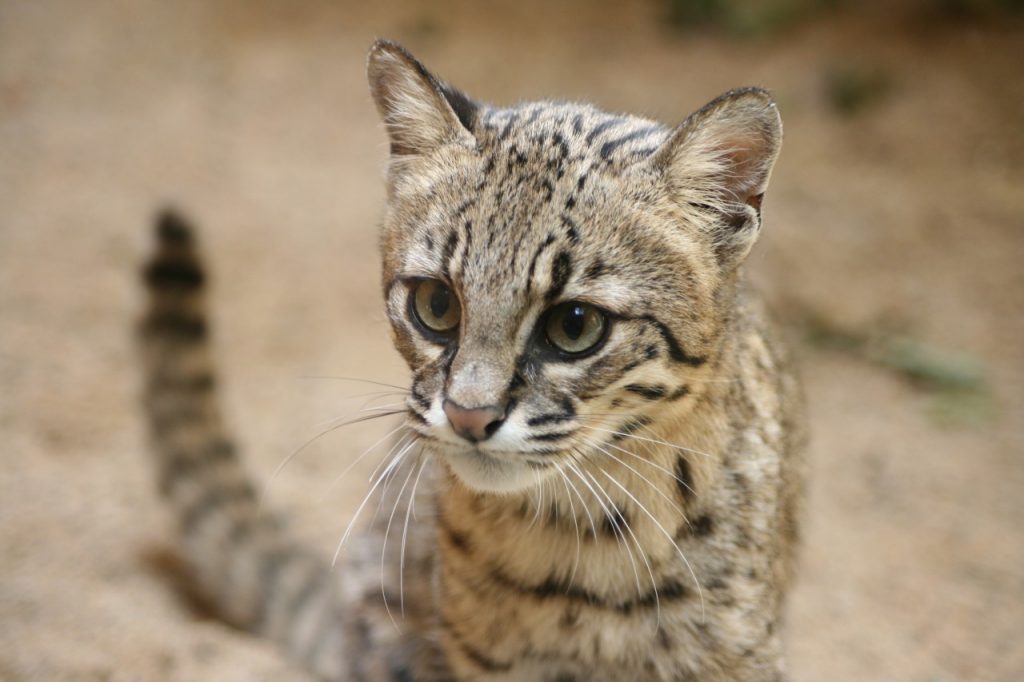
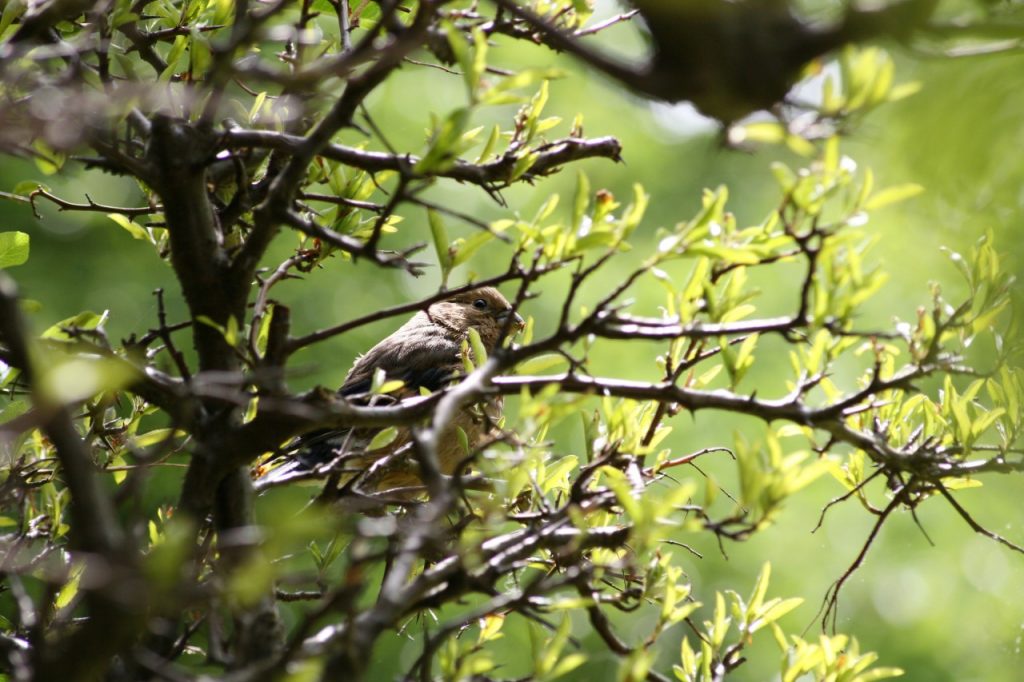
In addition, I had then already the first photo orders, nothing big but if a restaurant needed a new website, they usually also needed some photos of the location and exactly that I could offer in addition. In retrospect, the quality is not what I would boast about today but it was still better than what the customers sent me.
So for a few years I also sold photos for restaurants, hotels and other smaller companies that bought websites from me and in my spare time and on vacation, I also liked to take photos with the 400D.
Shame on me but for a long time RAW was for me no concept with which I could do something and I photographed only in automatic mode. Why was that? I guess I lacked the motivation to seriously deal with the subject of photography.
Everything changed when I bought the Canon 70D, I started to get more serious about photography. In addition to the kit lens of the 70D, I bought two others right at the beginning, namely the Canon 40mm EF and my first expensive lens a Tamron 15 – 30mm SP, which I still value very much today. At the beginning I also photographed with the 70D only in JPG but the more I post-processed the photos in Photoshop the more I came to the limits of what is possible with simple JPGs, it was no longer enough for me. I just wanted to know more, started looking for teachers and found them on youtube.
Find mentors who can teach things well.
First I searched for video tutorials that explained to me how to use my new camera properly.
For everything that concerned me, there were videos of excellent photographers who explained things wonderfully, they explained things that I myself have not even thought about.
I began to immerse myself completely in the subject of photography, did tfp-shootings (tfp stands for time for prints) with models, photographed architecture and was always faced with new hurdles that I had to overcome. When I got stuck, I found my answers on youtube. At this point a big thank you to all the ambitious photographers out there who take the time to create such great videos!
One of these photographers I learned a lot from is Peter McKinnon.
However, the Canon 70D was the first camera in my life that I have fully exploited. With this great beginner camera I created the first time professional long exposure shots at night, had my first real shoots with models. I also created my first product photos for customers with the 70D. I was really impressed by what was possible, but of course I made every mistake that beginners can make (e.g. editing the images too much, etc.).
But I was enthusiastic, wanted and still want to get better and I think that is an important factor. If I can give you one piece of advice, be and stay critical yourself, never stop looking at the pictures of other photographers and always try to set yourself new goals.
Think about how you can put your newly learned skills to good use
Now I have been photographing for quite a while hundreds of gigabytes of photos collected on my hard drives and most of them I didn’t know what to do with but I found it kind of a pity that these photos had no use except for me to look at.
I thought about it for a long time and started to offer the pictures I take on stock photo websites. Like fotolia (today adobe.stock) and shutterstock. I did not make much money, some photos were not even accepted because they were too bad and some I did not even set because it is not worth it for me from the tagging effort.
Set goals and find tasks
Since I, as already mentioned, also create and design websites, I also came up with the idea of my own stock site (motosha.com). There I wanted to offer everything for free and hoped that with the advertising revenue enough would come around to finance at least the webspace, which also worked long so. What I didn’t really consider was that photos need a lot of memory and you shouldn’t create such a website based on wordpress. Thousands of users have registered and the traffic was much too large for the system that the website ran very slowly. So I had to redo the entire website with a better system, so since the first of April everything is new.
I think I’ve gotten a little off topic again, sorry.
What I wanted to say with the mention of motosha was that I have created a great opportunity for myself to take photos of all kinds. I had now, every day a reason to photograph everything I saw and seemed interesting to me, because a stock page needs any kind of photos and even if I can not take advantage of it, someone certainly can.
Use your camera until you use it to its full potential
So I created new reasons for myself to keep taking photos. As I also mentioned earlier, I had maxed out my APS-C camera and it was no longer enough. I had been toying with the idea of buying a full-frame camera for quite a while, but that kind of camera was just too expensive for me and so I stayed with my good old camera for quite a while.
Photos I took with the Canon Eos 70D.
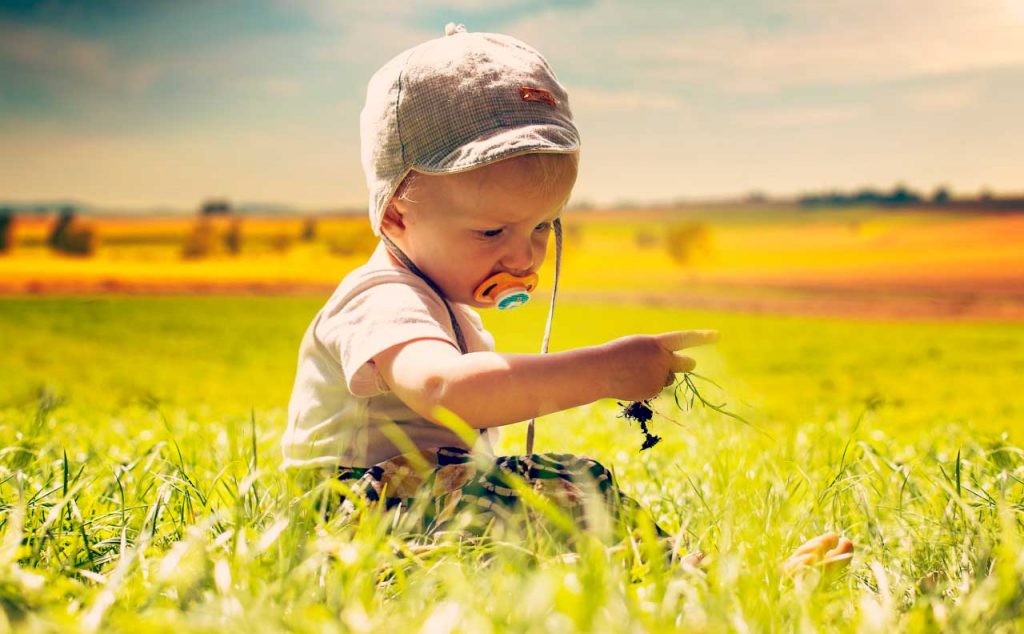
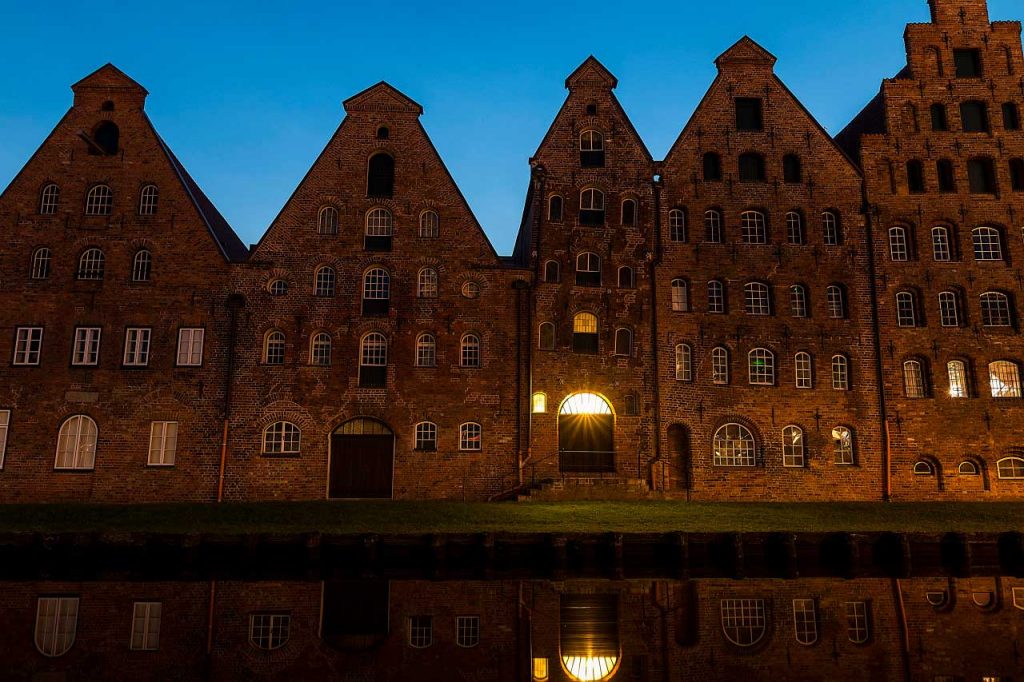
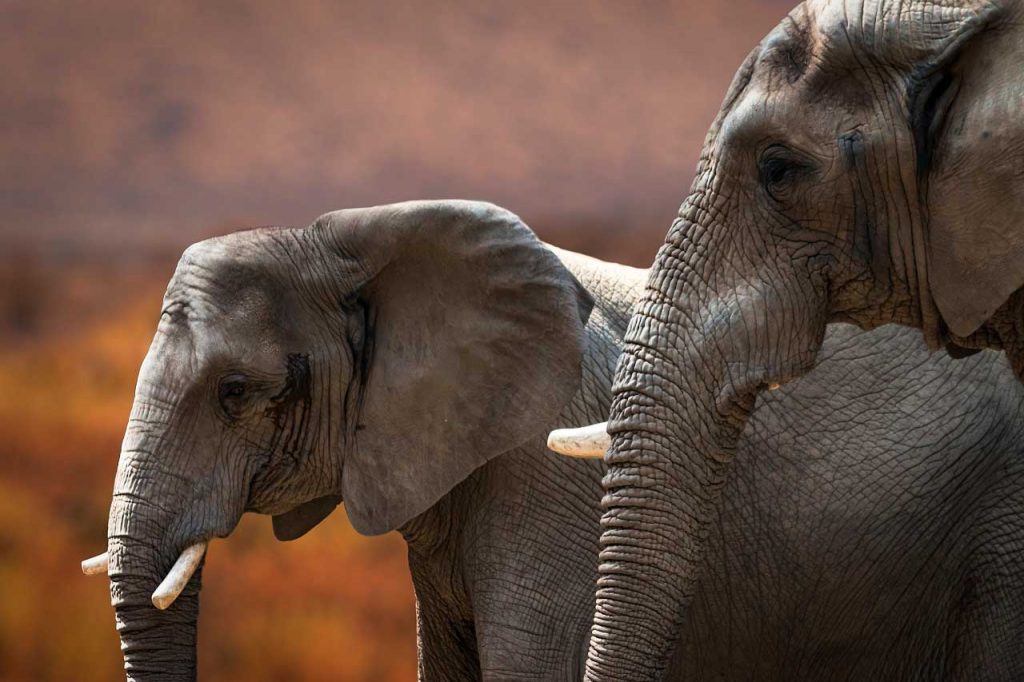
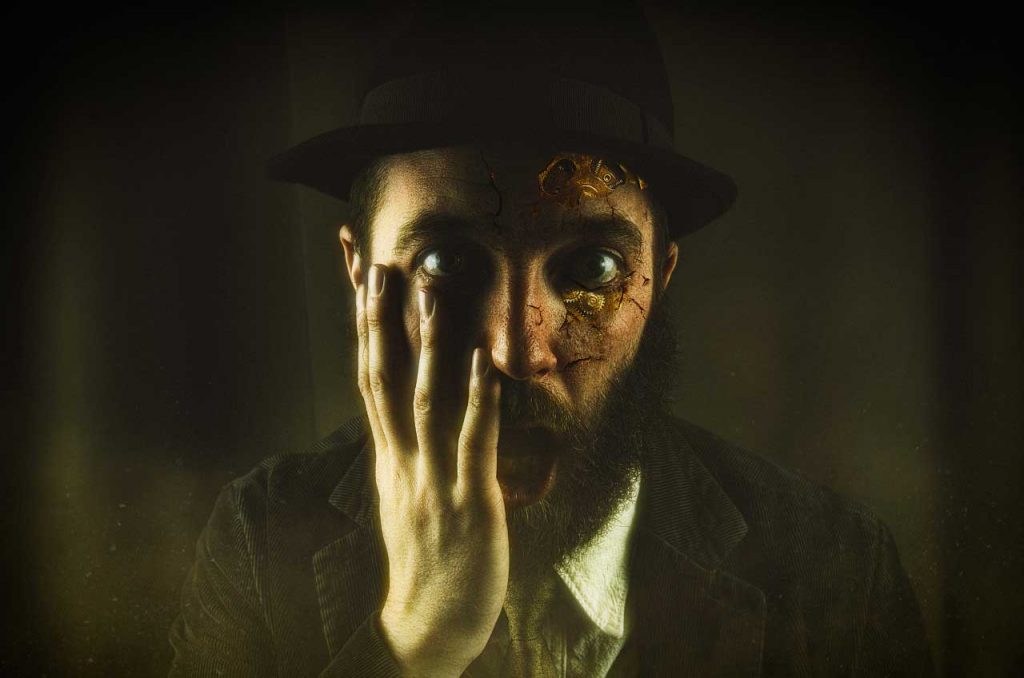
But then I was lucky, my good and long-time friend Daniel, who is an excellent landscape photographer bought a Canon EOS R and no longer needed his Canon 5D Mark II and gave it to me just like that. I was really enormously happy about that and was very pleased, because that brought me new possibilities again.
It doesn’t always have to be the latest and greatest camera, because those are expensive.
By the way, if you have a small budget and want to shoot in full frame, the Canon 5D Mark II is still a good choice today, because used you can get this camera for about 200€ and I promise you, that is money very well spent. So don’t be put off by the age of the camera, it’s still a great tool for photographers in 2021!
With my first full-frame camera, I was able to take photos of a quality I could never achieve with the 70D. Sure with some pictures you could not tell what was done with what but I really have to state once, cameras with full frame is compared to cameras with APS-C sensors a whole other level. The image quality and what you can still tickle out in the end in post-processing is simply better.
Pictures I took with the Canon 5D Mark II.

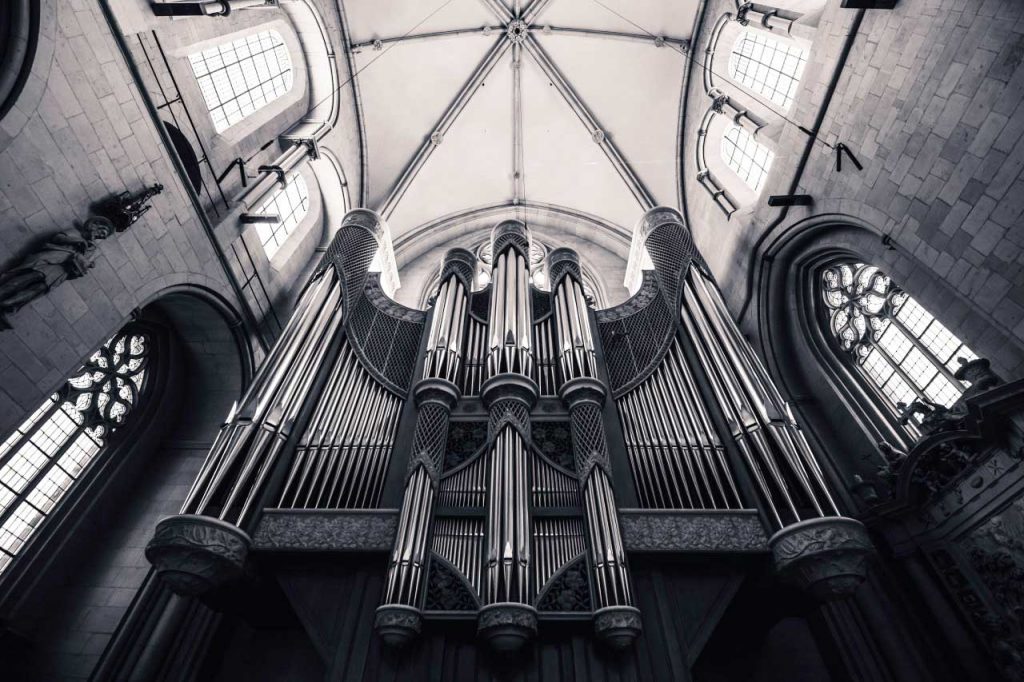

Sometimes you have to weigh and then decide
What I have to say though, the sensor of the 5D Mark II is of course much better than the 70D, but you can already feel the age of the 5Dm2 when it comes to autofocus. The 5D m2’s autofocus is simply poor compared to that of the 70D.
This has bothered me a bit, because I was still able to easily make pictures of moving objects with the 70D, it was a big challenge with the 5Dm2. That’s why I bought the Canon Eos R too a year later.
A few of my sample images with the eos r.
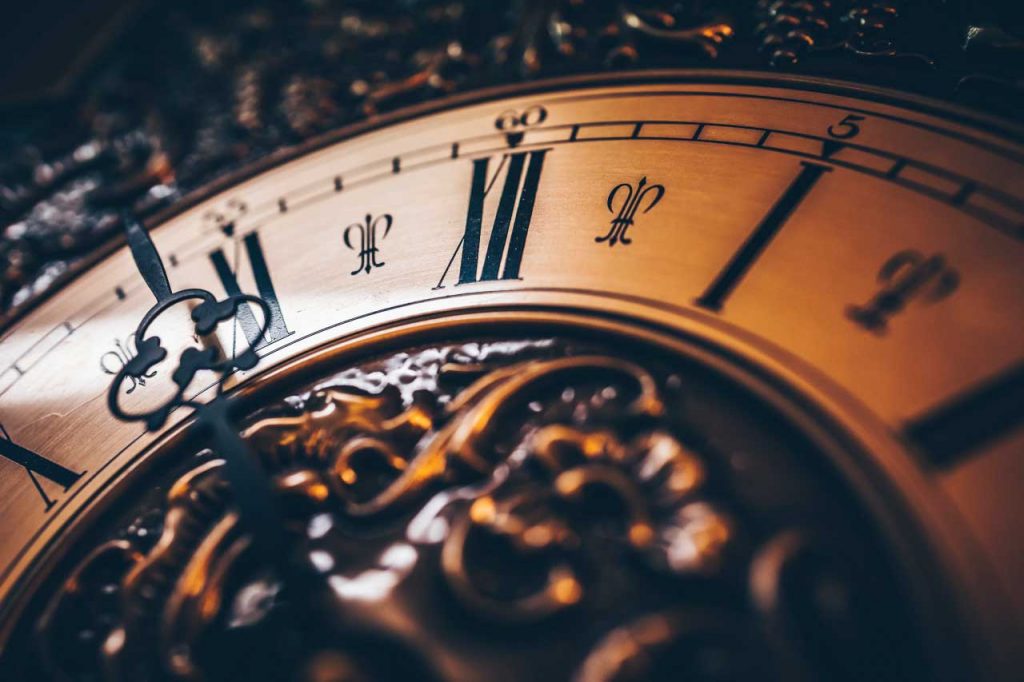
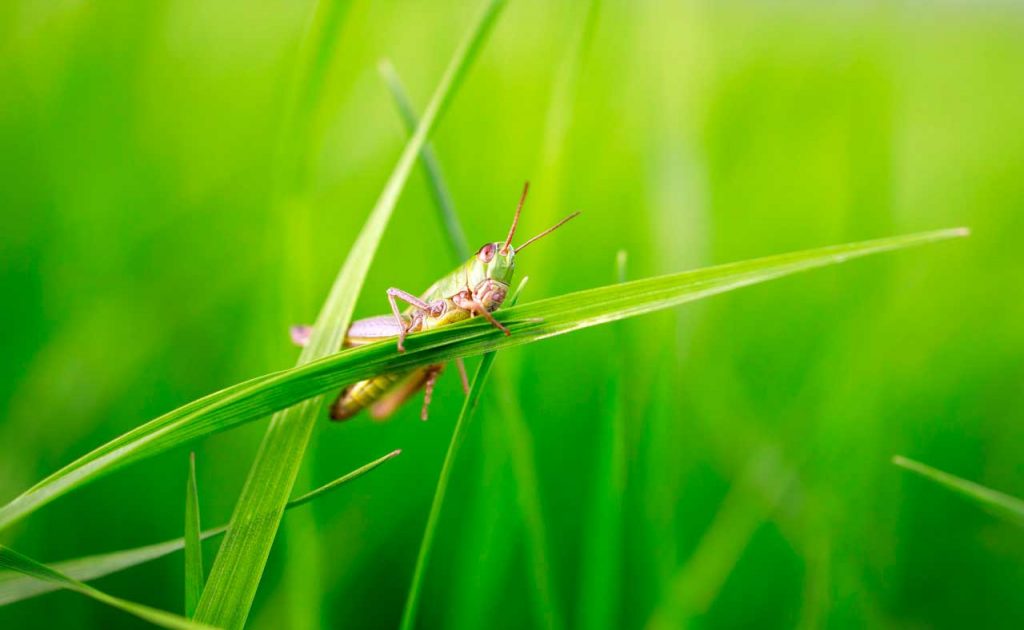
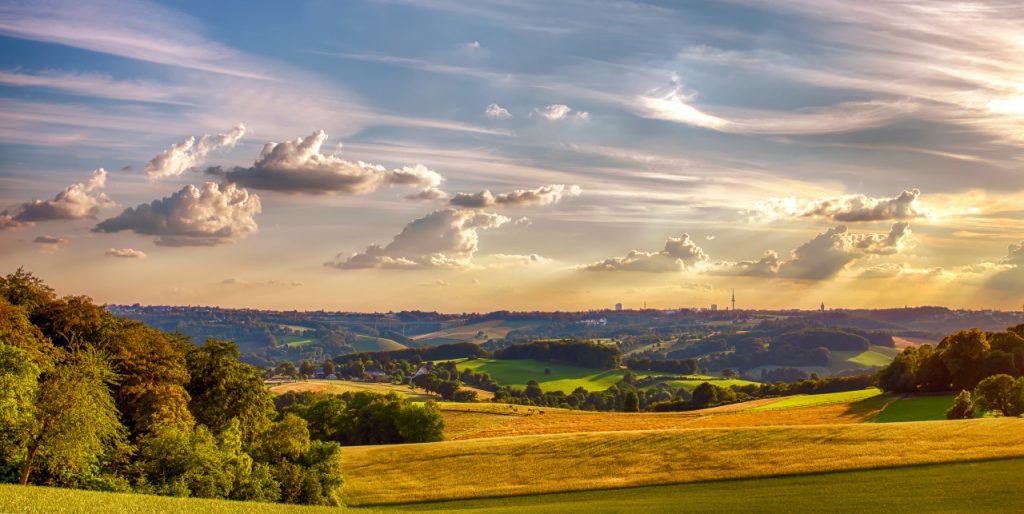
The Canon Eos R has been torn to shreds by critics, mainly because of limitations in filming (especially in 4k), but I can assure you the photos you can take with this camera are great.
Before I bought the Canon Eos R, I also flirted with the cameras from Sony, but then decided for the eos r, for the simple reason that I already had a lot of lenses for the Canon system and a change to another camera system would have been too expensive for me and if you’re honest it’s only small details in the difference of the cameras.
Which camera is the best?
One camera can make you coffee, while another makes your bed, in the end it’s the joy of taking pictures that counts, your own ability and if the result is right in the end, it doesn’t matter if you use Canon, Sony, Nikon or any other camera. With the new generation that Canon has recently brought out, they are also back in the game (R5 & R6).
So my advice to take to heart is that the camera is a tool and a tool is only as good as the person using it. The camera can make your job as a photographer easier and some can do it better than others. It should be said, however, at the level in which today’s cameras move, the differences are really nuances but that is my personal opinion.
Enough ramblings about cameras, photography is not just the camera, it’s your eye, your view on things. Photography is passion, expression and of course a craft. Photography is also the post-processing of images to give what you photograph your signature in the end.
I didn’t go into the post-processing of my pictures here, maybe I’ll do that in another article if there’s interest.
Where do I see myself today?
It is so that I now photographed at weddings, birthdays and many other events. I also shot countless landscapes, architecturally special buildings, animals, female and male models, just everything you can imagine.
What I can also say, with time you become more confident and more relaxed about the challenges that customers put you, if you can look back on successes and failures.
I would never claim that I can do everything super well and take the best photos in the world but I am up to any challenge because of what I have learned. If I don’t know how to do a task right away, I know where and how to acquire skills.
The demand I place on myself, however, is that I really want to shoot excellent pictures, whether that is always the case, is another matter, where we are again on the subject of trying and learning.
It never gets boring but things repeat!
Conclusion
To conclude, I was able to improve in photography because I was interested in the subject, was willing to learn and never stopped to face criticism. Most of what I learned I learned by trying and trying again when the result was not satisfactory. In the beginning, I was helped by the many tutorials that are available on youtube, which I still like to watch to get inspired or learn new things. I also like to look at photos of other photographers and am always impressed by what others get in front of the lens. I hope you found my monologue not too boring and wish you a nice day!

